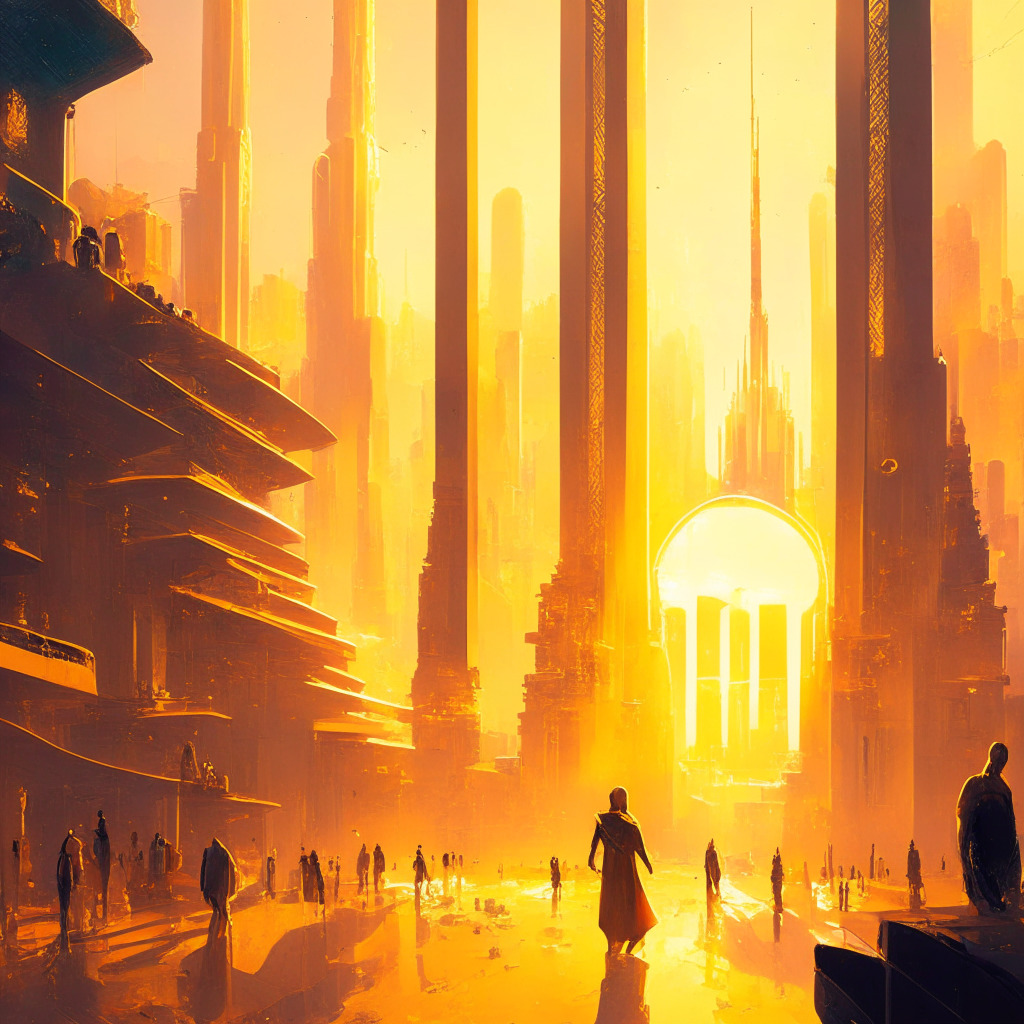
In a bold move that has sent shockwaves through the world of professional football, The Grassroots League (TGL), a nascent gridiron organization, has made the unprecedented decision to ditch artificial turf in favor of real grass playing surfaces for all its stadiums.
Game-Changing Innovation or Risky Gamble?
The TGL's groundbreaking move has elicited a mix of reactions from fans, players, and league officials alike. Advocates argue that real grass provides a more natural and organic playing experience, enhancing the overall spectacle and authenticity of the game.
"It's like taking a giant step back to the roots of the sport," said Austin Drake, a veteran quarterback for the TGL's New York Sentinels. "You can feel the grass beneath your feet, the crunch and the slide, it's an unparalleled sensation."
Conversely, critics point to the increased maintenance costs, potential injury risks, and potential disruptions to gameplay due to weather conditions.
"Real grass is finicky and unpredictable," voiced Emily Stevens, a sports injury specialist. "It requires constant upkeep, and when the elements turn, you're at the mercy of Mother Nature."
Data-Driven Decision or Intuition-Based Leap?
The TGL's decision was not made on a whim. Extensive research and data analysis informed the league's leadership. Studies have shown that real grass surfaces can reduce the risk of certain injuries, particularly concussions and ligament tears.
"Our primary concern is the health and safety of our athletes," stated TGL Commissioner Robert Jacobs. "The evidence overwhelmingly suggests that real grass provides a safer playing environment."
Additionally, fan surveys conducted by the league revealed a strong preference for real grass surfaces, citing the more immersive and traditional experience they offer.
Financial Impact and League Expansion
The transition to real grass will undoubtedly impact the league's financial landscape. Maintenance costs are projected to rise significantly, but TGL executives believe the long-term benefits outweigh the initial expenses.
"We're confident that the enhanced fan experience and increased revenue from ticket sales and merchandising will more than compensate for the additional costs," commented TGL CFO Jessica Carter.
Moreover, the TGL's bold move has generated substantial buzz in football circles, attracting new investors and potential sponsors. As a result, the league has announced plans for rapid expansion, with several new teams joining the fold in the coming years.
Broader Implications and Legacy
The TGL's real grass revolution has far-reaching implications beyond its own organization. It serves as a testament to the growing desire for a return to authenticity and traditional values in sports.
"The TGL is setting a precedent that could have a ripple effect throughout the football world," observed sports commentator Marcus Hill. "Other leagues and organizations may be inspired to consider the benefits of real grass."
The league's bold move is a testament to its commitment to innovation and the pursuit of excellence. By embracing real grass, the TGL is aiming to transform not only the game of football but also the entire sports entertainment experience.
Conclusion
The Grassroots League's decision to transition to real grass surfaces is a bold and transformative move that has garnered widespread attention and debate. While the full impact of this decision remains to be seen, it is clear that the TGL is leading the charge towards a more authentic and immersive football experience.
The league's commitment to innovation, player safety, and fan satisfaction is commendable. The real grass revolution initiated by the TGL has the potential to reshape the landscape of professional football and inspire other organizations to embrace the benefits of natural playing surfaces.
